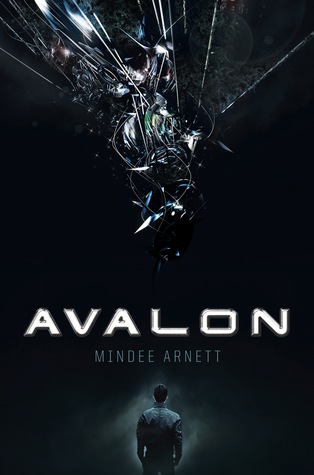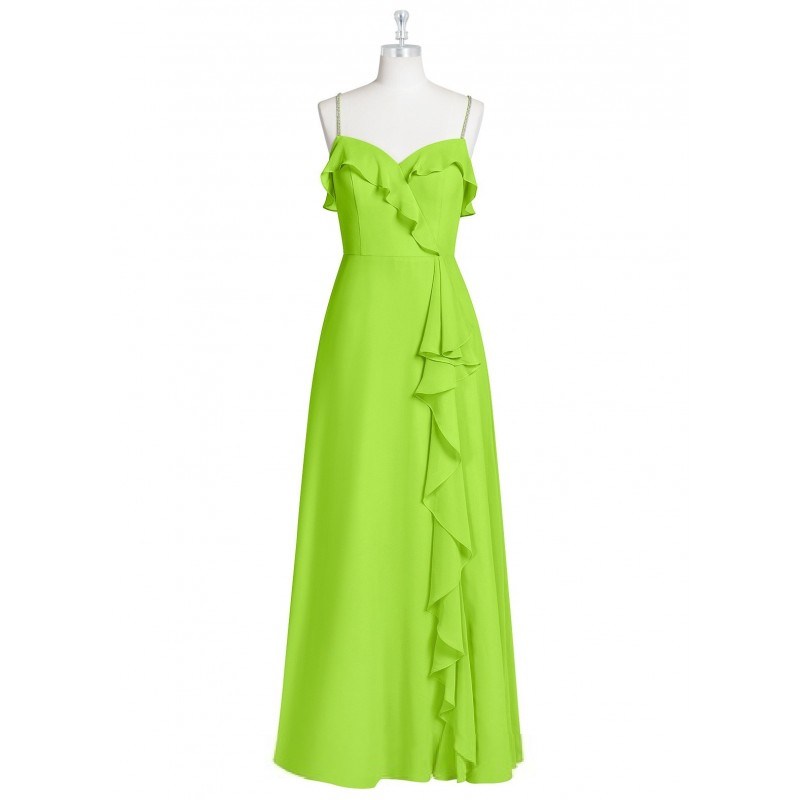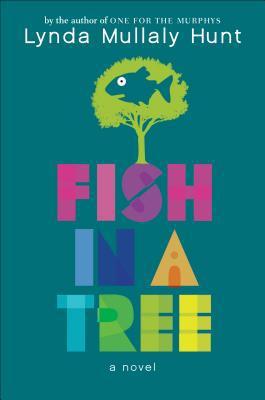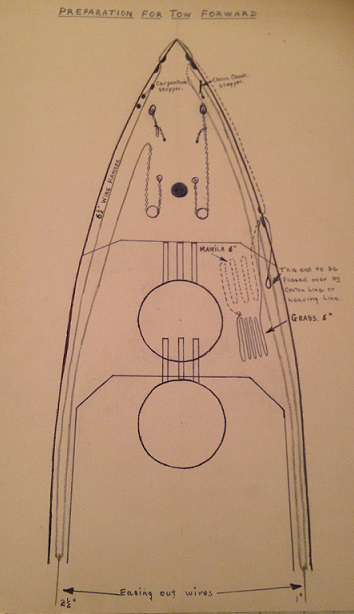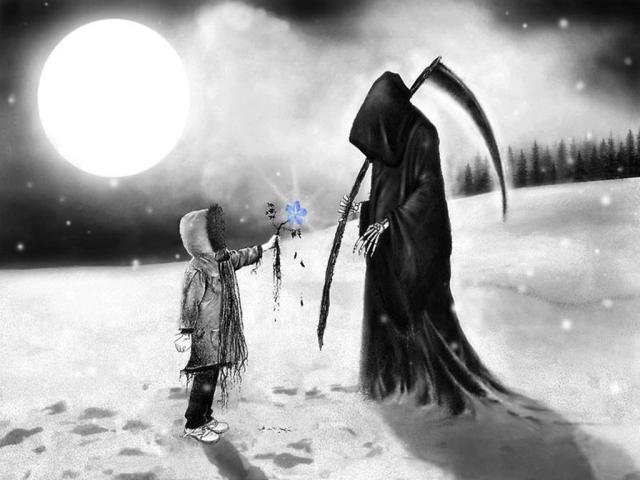
Ms. Freeman, 5th grade reading teacher, is always brainstorming ways to make the reading standards more engaging for students. One of the standards focuses on how visual and multimedia elements enhance the text. Specifically, the standard is:
ELAGSE5RL7 Analyze how visual and multimedia elements contribute to the meaning, tone, or beauty of a text (e.g., graphic novel, multimedia presentation of fiction, folktale, myth, poem).
She wondered aloud with me about what we might do together in the library with this standard, and we came up with a visual mystery of sorts. Before students came, I selected about 30 picture books and copied 1 page with 1 accompanying illustration from each book.

When students arrived, we took a look at the standard and then read Dad and the Dinosaur by Gennifer Choldenko and Dan Santat.

The students were quick to notice the amount of figurative language packed into this book. As we read, I slowed us down so that we could really look at the illustration and how it matched Gennifer Choldenko’s words as well as how it enhanced her words. We imagined Dan Santat receiving the text without the pictures and how he might visualize the illustrations while he read. We noticed how the grass looked like a sponge when Choldenko talked about the “spongy grass”. We noticed the boy’s face lit up in green when Choldenko talking about how it “glowed like a glow stick”. We made lots of noticings.

Then, I gave each student one of the pages of text that I had copied. I asked them to imagine that they were the illustrator receiving this text. What did they visualize as they read?
5th grade is exploring how visual elements contribute to the meaning of the story. #visualliteracy #childrensbooks #librariesofinstagram
Once students had a chance to read the passage and create a picture in their mind, they wandered around the library tables where I had spread out all of the images that matched the text. They had to search for the image that they felt matched their text.

It was very tricky for some because some of the text could potentially match more than one image, but if they looked at the details of the text and the details of the illustration, they should be able to find the exact match.
Matching text and pictures. #visualliteracy
When students felt confident in their choice, they recorded a Flipgrid video explaining why they felt like their match was correct.
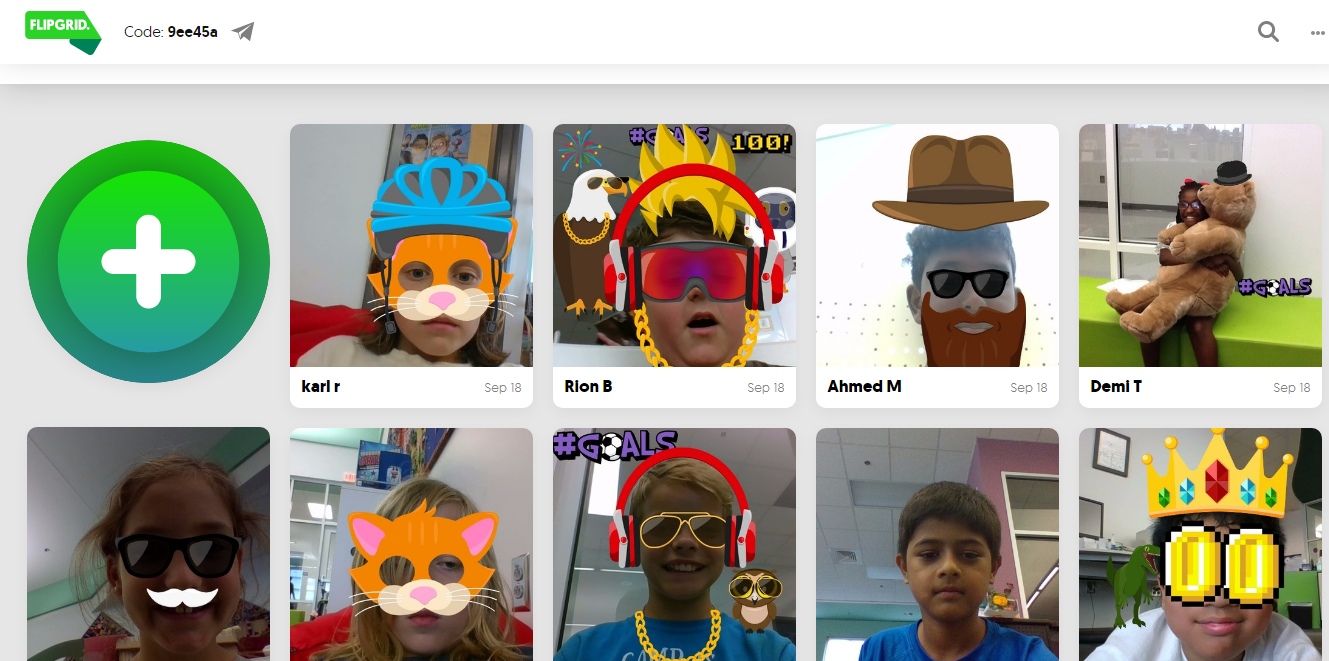
Click the image to listen to our videos
Finally, students went to another set of tables where the full books were spread out. They located the book with their image and explored the title, the images, and rest of the text. Many students discovered a picture book that they wanted to continue reading. Several have been back since the lesson to check out the book.
Another student came to the library to show me one of her guided reading books and how there was a mistake between the image and text. The color of a dog’s collar did not match the description in the text and she wanted me to see that she noticed. I loved that her author and illustrator eye continued on beyond our lesson in the library.
This took some time to put together, but Ms. Freeman and I were really happy with how it turned out and how many students explored books that they might not explore on their own.
Share this:
